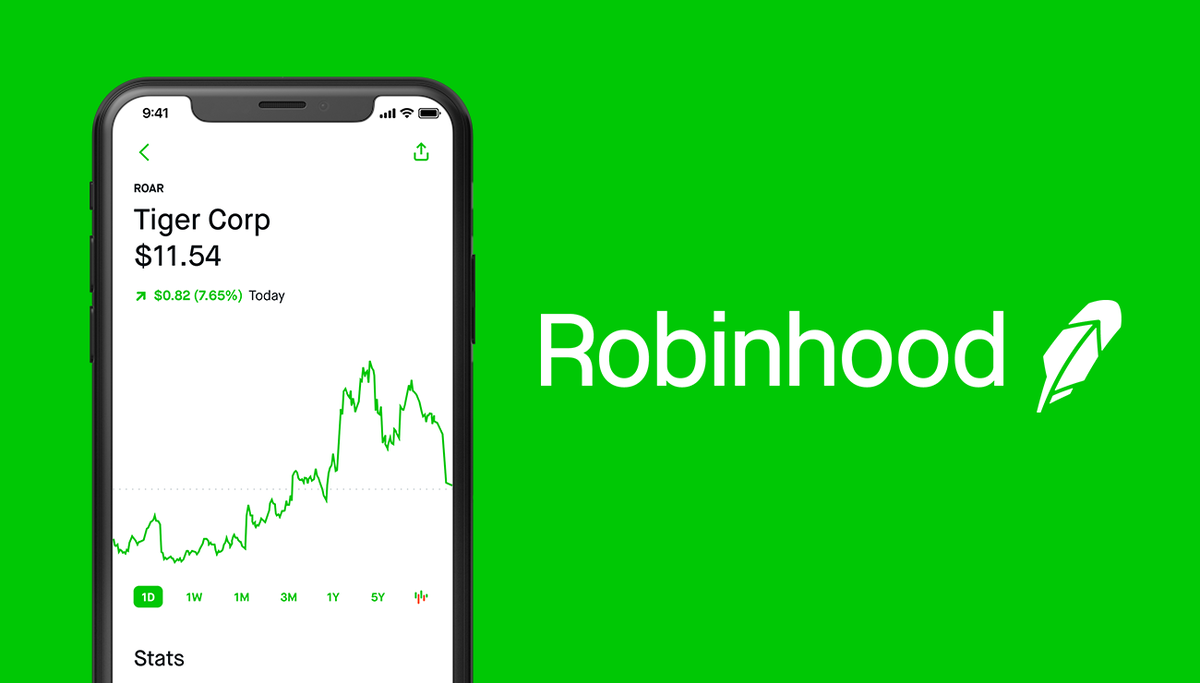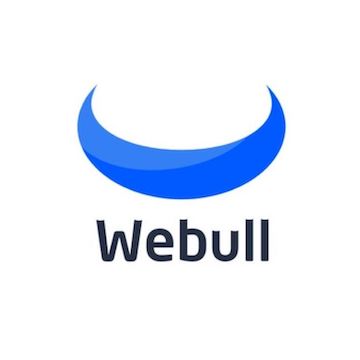DataStructures / System Design
Difference between SSL authentication and Mutual SSL Authentication.
In SSL authentication, the client is presented with a server's certificate, the client computer might try to match the server's CA against the client's list of trusted CAs. If the issuing CA is trusted, the client will verify that the certificate is authentic and has not been tampered with. This is also known as 1-way SSL authentication.
Whereas in mutual SSL authentication, both client and server authenticate each other through the digital certificate so that both parties are assured of the others' identity. This is also known as 2-way SSL authentication.
Dogecoin! Earn free bitcoins up to $250 now by signing up.
Earn bitcoins upto $250 (free), invest in other Cryptocurrencies when you signup with blockfi. Use the referral link: Signup now and earn!

Using BlockFi, don't just buy crypto - start earning on it. Open an interest account with up to 8.6% APY, trade currencies, or borrow money without selling your assets.

Join CoinBase! We'll both receive $10 in free Bitcoin when they buy or sell their first $100 on Coinbase! Available in India also.
Use the referral Join coinbase!

Invest now!!! Get Free equity stock (US, UK only)!
Use Robinhood app to invest in stocks. It is safe and secure. Use the Referral link to claim your free stock when you sign up!.
The Robinhood app makes it easy to trade stocks, crypto and more.

Webull! Receive free stock by signing up using the link: Webull signup.
More Related questions...
